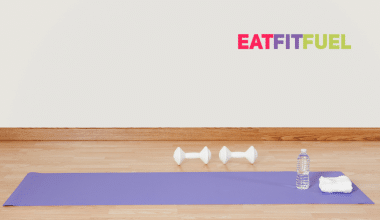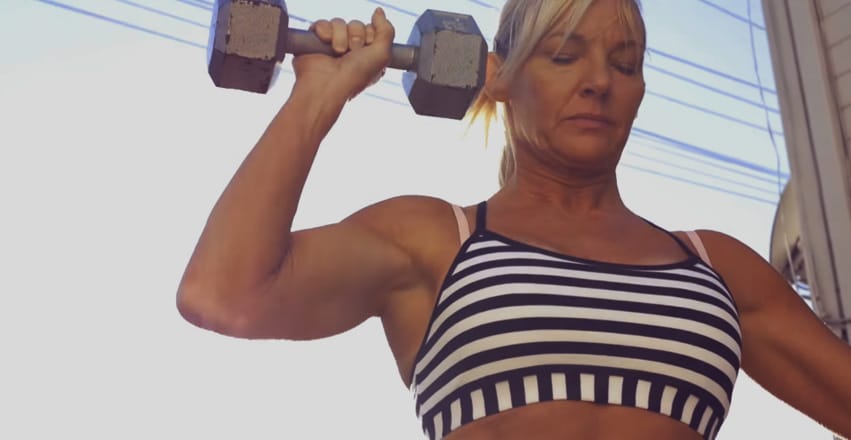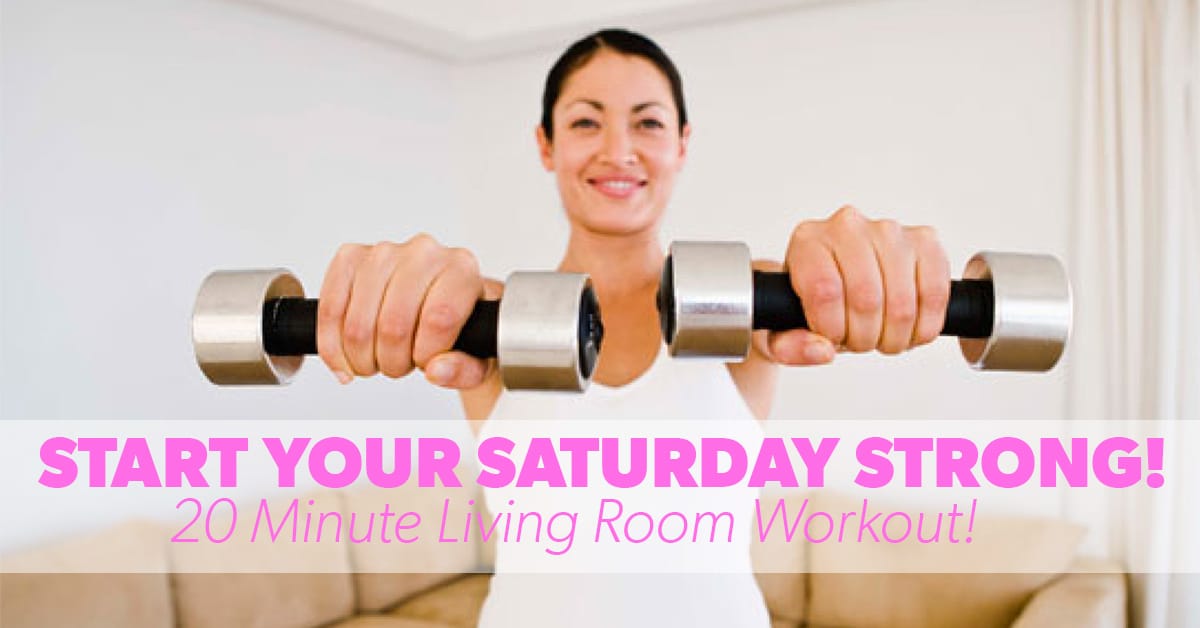A lot of people equate post-workout muscle soreness to a job well done at the gym or a home workout. We leave feeling satisfied that we must be building muscles and boosting our fitness if our body aches. But what if we don’t experience any muscle soreness post-workout? Is that an indication that our workout was ineffective?
The relationship between muscle soreness and muscle growth is a common misconception. It’s natural to use muscle soreness as an indication of a successful workout. But we must note that science reveals that there’s more to the story.
Overview
The Science Behind Muscle Soreness
Factors Influencing Post-Workout Soreness
The Body’s Adaptation Mechanism
Other Indicators of a Successful Workout
Best Practices to Prevent Unnecessary Soreness
Conclusion
The Science Behind Muscle Soreness
Have you been trying to stay on top of your fitness goals but are conflicted by misconceptions coming as advice? You’re not alone considering the exercise and dietary trends out there. They make fiction sound more real than facts. That’s the reason why we are here to set the record straight and have you stay on top of your fitness journey.
It’s not true though that lack of muscle soreness means you didn’t train hard enough. Soreness does not equate to progress.
Muscle soreness is a natural response that bodies have when put through extra stress during workouts. But that soreness does not translate to results and neither does its absence mean that you had a poor workout session.
Feeling sore is an indicator of tiny, microscopic tears in the muscle caused by post-workout inflammation. These tiny, microscopic tears are referred to as delayed onset muscle soreness (DOMS). It’s the inflammation that causes the soreness, a condition that begins 24-48 hours after a workout. It then lasts for 24-72 hours, and that of course also depends on the individual.
Now that we understand why our muscles ache, it’s time to explore the factors that influence post-workout soreness.
Factors Influencing Post-Workout Soreness
Post-workout soreness is something that anyone can experience. You can experience it when you’re new to exercising or if you work out regularly but have increased the intensity or duration of your routine. This is brought about by the fact that we all build muscles the same way, which is by breaking them down first.
The extra load placed on our bodies during physical exercises creates micro-tears in our working muscles as mentioned before. These micro-tears are normal and necessary for muscle growth. The only problem is that they cause soreness.
As you heal from the soreness and your body repairs the tiny tears, the sore muscles you feel after a workout are a byproduct of the muscle healing process. This soreness is called DOMS, which shouldn’t be confused with the acute soreness that happens immediately after exercise. The latter is related to muscle fatigue, not muscle repair and strengthening.
The Body’s Adaptation Mechanism
Consistent training causes our bodies to adapt to reduce muscle damage and soreness, hence reducing pain. After a month or two of consistent running, for instance, you’ll begin experiencing less soreness even after intense sessions.
That’s because activities like long-distance running and strength training bring about physiological changes in the muscles. Our muscles then increase the number of mitochondria as well as capillaries to meet the demand. Our tissues also thicken in the process and strengthen.
These muscular adaptations are the reason why we see a reduction in soreness with time. This happens even after increasing the workout’s intensity and volume. The muscles gradually become conditioned to handle the strain.
There’s no doubt that our bodies adjust to diminishing soreness. But we must also recognize the other indicators that show we’re building strength and fitness.
Other Indicators of a Successful Workout
Gauging whether you’ve had a successful workout is not easy. That’s especially the case if you’ve been working out differently than usual for some time.
Some people use sweat or soreness as an indicator of success in a workout, which is largely irrelevant. So what other indicators do we have of a successful workout?
- Difficult Exercises Done Before Feel Easier
The beginning of a workout routine is never easy. However, the more you exercise, the easier it becomes.
Let’s assume that you do three sets of 12 goblet squats with a 10-pound dumbbell. You will find it very difficult to do during the early days. But in the following weeks and months, you’ll realize that the same pattern starts to feel manageable.
This same script would apply to cardio, and you’ll complete the first interval breathless. You’ll also be able to run for 10 minutes straight instead of alternating between walking and running intervals.
- You Feel Better Working Out Than Before
Always keep in mind that the gains of exercising don’t only happen in the muscles. There’s also the emotional benefit that’s mostly overlooked.
If you start feeling good about your workouts and you’re like, “Hey, I’ve done something good for myself today.”—That’s a sign that you’re winning!
- Improved Form
No matter the weights you’re lifting, you’ll know that there’s good progress when you begin executing each move with better form.
You might, for instance, start keeping your back flatter during a move like a deadlift. You might also realize that you’re using less momentum and more core strength to power yourself through a leg raise. That simply means that you’re nailing your workouts. When it comes to soreness, you’re likely to start feeling less of it.
- You’re More Coordinated
Not everyone has a natural rhythm. But if you’re doing fast-paced cardio, mastering more steps or sequences will be a sign that you’re advancing. Apart from that, you’ll also start to feel a surge of confidence.
- Feeling Empowered in a Way That Transcends Fitness
The feeling of self-assurance that comes with working out can also transcend into the rest of your life. That may be in your relationships, school, work, or other areas where you may be having challenges.
The good feeling that comes with working out encourages you to take some action that’s not really tied to working out but is tied to your overall well-being.
- Managing a Physical Condition
Exercise also plays a role in helping people with a wide range of physical ailments. That includes arthritis and even heart diseases.
If you have type 2 diabetes, for instance, even 15 minutes of a few exercises after a meal is enough to impact the management of blood glucose. That’s because physical activities help to increase your insulin activity. That means that you’ll need less insulin as your blood sugar will have gone down considerably.
Best Practices to Prevent Unnecessary Soreness
Get moving. This is one of the best ways to reduce muscle soreness. It can be done through active recovery or light cardio. Some good stretches or yoga would be ideal.
Be sure to warm up. Making sure that your muscles are primed for use before challenging them is a great way of relieving soreness. So, take the time to warm up before working out.
Progress slowly into a new workout program. Moving from 0 to 60 will not do your muscles any good. You need to give them time to adapt, which helps to limit the severity of your soreness. When starting a new type of exercise, be sure to do it slowly for several days or even weeks.
Take a pain reliever. This will not speed up the muscle healing process. But it will make it easy for you to put up with the discomfort associated with the soreness.
Create time for recovery. Our muscles are required to have adequate time to rest. Otherwise, they will become overworked, leading to more intense soreness. That’s why you must always create time where you focus on active recovery. You must also hydrate well and have enough sleep.
Try a split-day routine. If you exercise every day, consider splitting workouts by muscle group. If you’re working on leg muscles today, alternate and work on the arm muscles tomorrow. This helps to ensure that every muscle group has enough time to recover.
Eat a balanced diet. Make sure to eat foods that are rich in protein, complex carbs, and healthy fats. Stay hydrated before, during, and after exercising.
Soak in a salt bath. To make sure that you feel relaxed and relieve the pain, soak in warm water with Epsom salts.
Conclusion
Remember that soreness after a workout is a natural response. It’s not the sole indicator of a productive workout session. While it’s common to feel satisfied when sore, it’s also important that you listen to your body. Understand the science behind DOMS.
Consistent training leads to substantial fitness and strength gain with decreased levels of post-workout soreness. Keep in mind that factors like improved endurance, flexibility, heavier lifts, and faster paces are tangible signs of progress.
By implementing healthy habits outside of a workout routine, you will be able to prevent unnecessary muscle soreness. Note that the key is safe progression and intensity over time.
Soreness is part of a workout journey although it’s not an indicator of progress. It doesn’t define your success in the gym or at a home workout session. Keep the mind-muscle connection in mind when working out.






